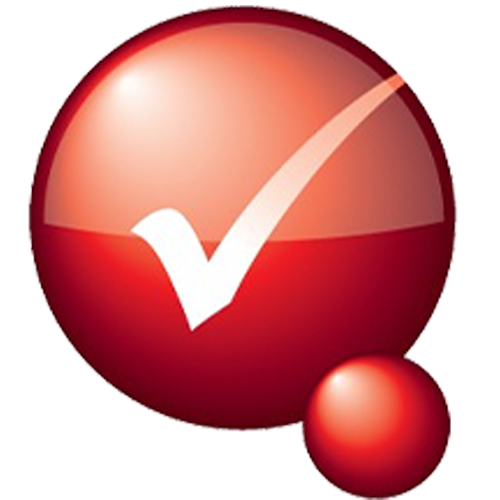In December 2020, a worker suffered serious injuries when he fell from a forklift. Early investigations indicate he was attempting to repair a jammed roller door. The man was working from a stillage container being used as a makeshift work box and had been lifted on the tines of a forklift. It appears that as the worker moved to one side of the create it overbalanced causing him (and the crate) to fall almost 5 metres.
The following safety issues were factors in influencing this incident:
Instability: tipping over is the biggest danger for an employee using a forklift. If an employee jumps from an unstable forklift, the chances of serious harm are high.
Speed & Stopping distances: applying a forklift’s brakes inappropriately can cause the forklift to tip forward or lose its load. The workplace environment always needs to be considered.
Attachments: when an attachment is fitted to a forklift, the dynamic and operating characteristics may change, making it necessary to adjust the forklift capacity and restrict some operating controls.
Possible control measures/strategies to prevent similar incidents:
Forklifts:
Work boxes should only be attached to a compliant forklift, with a load capacity data plate stating the attachments that may be used.
Ensure your traffic management plan deals with tasks involving work boxes.
Before starting work, ensure the parking brake is set, the controls are in neutral, the mast is vertical, and all controls are immobilised except lift and lower.
Employees should be trained in the safe use of work boxes including emergency procedures to ensure occupants can be rescued if an incident or breakdown occurs.
Employees must stand on the floor of the work box not on a ladder or other object.
Never use work boxes to transport people.
The employee operating the forklift must remain at the controls at all times. The forklift operator should perform an initial trial lift without a person inside to make sure the cage has a clear path.
Work boxes:
Work boxes must only be used to raise people if performing short-term tasks (see AS2359.2—2013 clause 3.10.1(b)).
A work box fitted to a forklift must be securely attached to the forklift carriage and engineer-designed and constructed in accordance with AS 2359 Powered Industrial Trucks series (see Code of Practice (2018) for Managing the Risks of Falls at Workplaces).
Work boxes must be securely attached to the forklift with a minimum of two independent securing devices. The devices must be visible to the person in the work box.
People using a work box must be protected from the mast of the forklift and associated moving parts by a barrier at the back of the work box.
Tines lifting a work box must be spaced widely apart to avoid the cage overbalancing.
The tines must be in tunnels or clamps under the work cage. They may not be in an open arrangement like in a pallet as they may be accidently placed too far from the edge and tip over. Fork tunnels or clamps must be located within 150mm to 250mm of the outside edge of a work box, with further tolerances as specified in AS 2359 Powered Industrial Trucks series.
Refer to AS 2359 Powered Industrial Trucks series for other requirements, such as handrails, gates, and anchorage points for safety harnesses.


